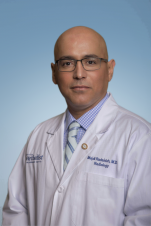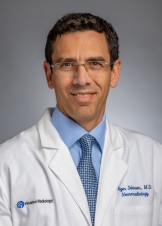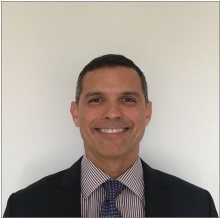Sacroplasty is a minimally-invasive procedure for the treatment of sacral insufficiency fractures. The sacrum is the bony structure at the base of the spine, where the spine meets the hip bones to form the pelvis. This area serves a key purpose in weight-bearing and stabilizing the motion of the upper body, making it prone to collapse when bones weaken due to osteoporosis or cancer. Symptoms of sacral insufficiency fractures range from severe pain in the back and legs to no pain at all. Sacroplasty can help relieve pain and stabilize weakened bone in the sacrum.
How does Sacroplasty work?
In sacroplasty, a physician injects a specialized bone cement into sacral insufficiency fractures to stabilize weakened areas of the sacrum. The goal of treatment is to reduce pain and stabilize fractures.
Sacroplasty Procedure
Sacroplasty is performed under general or moderate anesthesia. You will lie face down on the operating table, and using live X-ray or CT imaging, your doctor will insert a large needle through the skin into the fractured sacrum and inject bone cement into it. The needle is then withdrawn before the cement hardens. The cement quickly hardens and provides strength and stability to the sacrum.
What are the Steps taken for Post-Procedure Care?
Following sacroplasty, you will be discharged, most likely on the same day of the procedure. You will be advised to undergo bed rest the day of the procedure, after which you can start returning to your normal daily activities. Heavy lifting and any strenuous activities should also be avoided for multiple weeks after the surgery, or as instructed by the ordering physician.
What are the Associated Risks and Complications?
Sacroplasty is generally safe. As with any surgery, some risks can occur. Complications of the procedure may include bleeding, infection, leakage of cement into the surrounding or more distant areas, or incomplete pain relief. Additional risks of the procedure will be discussed by the performing radiologist and nursing staff prior to the procedure.









